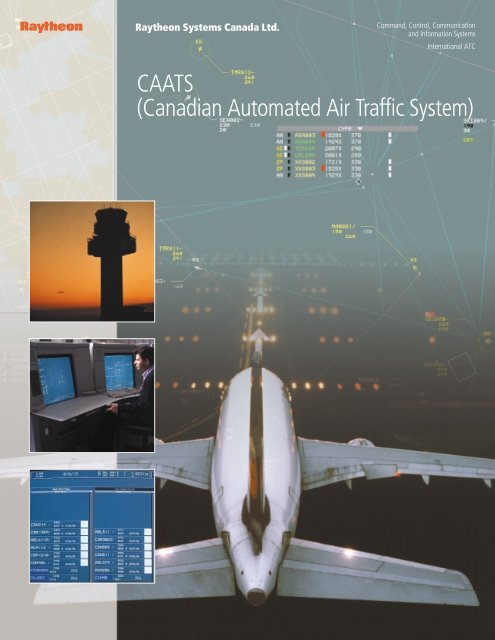Is the future of American air travel on the cusp of a revolutionary transformation? The United States Department of Transportation (DOT) is poised to unveil a multi-billion dollar initiative aimed at catapulting the nation's air traffic control (ATC) system into the 21st century, a move that promises to redefine the safety and efficiency of air travel for years to come.
Secretary of Transportation Sean Duffy, the driving force behind this ambitious undertaking, is preparing to present the sweeping modernization plan to the US Congress, requesting the crucial upfront funding necessary to make it a reality. The urgency of this endeavor has been underscored by a confluence of factors, including the need to replace outdated infrastructure, integrate cutting-edge technology, and address the growing demands of an increasingly complex aviation landscape. The proposed plan represents a comprehensive overhaul, touching upon various aspects of the ATC system, from radar systems to communication networks, all designed to create a more seamless and secure air travel experience. The announcement, anticipated within days of early March 2025, is expected to provide a detailed roadmap of the proposed upgrades, timelines, and the financial investment required to bring the vision to fruition. The goal, as stated by Secretary Duffy, is to introduce a brand new system, a testament to the department's commitment to modernize the air traffic control system in three and a half to four years, balancing safety with progress.
The ambitious scope of the project is expected to encompass a wide range of technological upgrades and infrastructure improvements. According to recent reports, this will include the overhaul of existing radar systems, the implementation of advanced communication networks, and the modernization of critical facilities across the nation. The DOT's commitment to safety is reflected in the planned implementation of new technologies that will improve situational awareness, reduce the risk of human error, and enhance the overall efficiency of air traffic management. These upgrades are set to contribute to the overall safety of air travel.
The impetus for modernizing the ATC system has been building for some time. The discussions have intensified following various events, including a mid-air collision on January 29 between a U.S. Army helicopter and an American Airlines jet, near a US airport. In March 2024, former US President Joe Biden had proposed an $8 billion investment over five years to replace or modernize over 20 outdated air traffic control facilities, as well as 377 critical radar systems. Furthermore, the modernization effort is receiving strong backing from the aviation community. Over 50 aviation organizations, under the Modern Skies coalition, are backing a new House bill that would provide a $15 billion investment to modernize the ATC system.
The FAA is also working to incorporate the newest technology that will enter into the 21st century and further develop the NOTAMs modernization as the first step to delivering a safer and more efficient new air traffic control system. These technologies are aimed to help communication of temporary changes such as runway closures, airspace restrictions, and obstructions. The program is aimed at enhancing flight safety by keeping the pilots up to date on critical information.
Here's a table summarizing key details:
| Subject | Details |
|---|---|
| Proposed Initiative | Modernization of the US Air Traffic Control (ATC) System |
| Lead Organization | US Department of Transportation (DOT) |
| Key Proponent | Secretary of Transportation Sean Duffy |
| Funding Request | Upfront funding to be requested from US Congress |
| Proposed Investment (Previous) | $8 billion over five years (Proposed by Joe Biden, March 2024) |
| Proposed Investment (Current) | $15 billion (Proposed by Modern Skies coalition) |
| Projected Timeline | 3.5 to 4 years for complete modernization |
| Primary Goals | Enhance safety, improve efficiency, and modernize ATC infrastructure |
| Key Upgrades | Radar systems, communication networks, facility upgrades, and NOTAMs modernization |
| Stakeholders | Aviation organizations, trade unions, industry associations |
| Supporting Legislation | House bill backed by the Modern Skies coalition |
| Recent Events | Mid-air collision between a U.S. Army helicopter and an American Airlines jet |
For further information, please refer to the official website of the U.S. Department of Transportation:



